How-To Select Your Temporary Fence: A Step-by-Step Guide
Is your construction site secure from trespassers? Temporary fencing for your construction site is of the upmost importance in regards to keeping your job site, workers, materials, and equipment protected from intruders, but also in keeping passersby safe from possible harm. Insurance providers are requiring temporary fencing around construction sites as having the added protection has demonstrated a considerable return on investment.
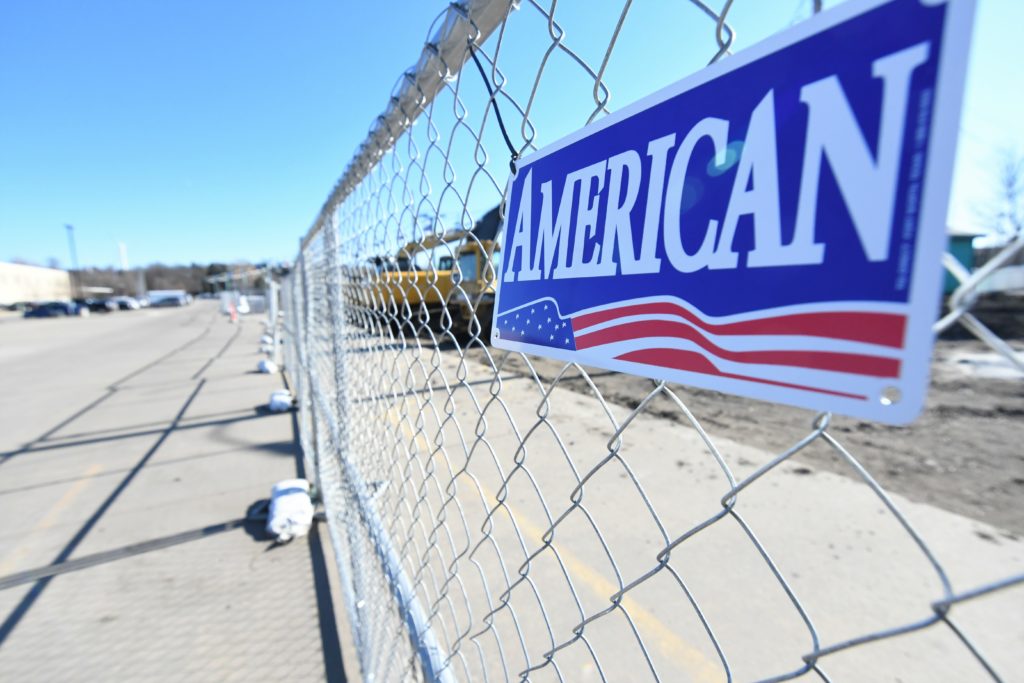
Today, you rarely see a construction job site without a temporary fence. However, with multiple design and protection options, it isn’t always an easy task when selecting which type of temporary construction fencing to use. The experts at American Fence Rental have created this step-by-step how-to guide to help you both locate and select your temporary fencing.
STEP ONE: What are your intentions in providing a temporary fence?
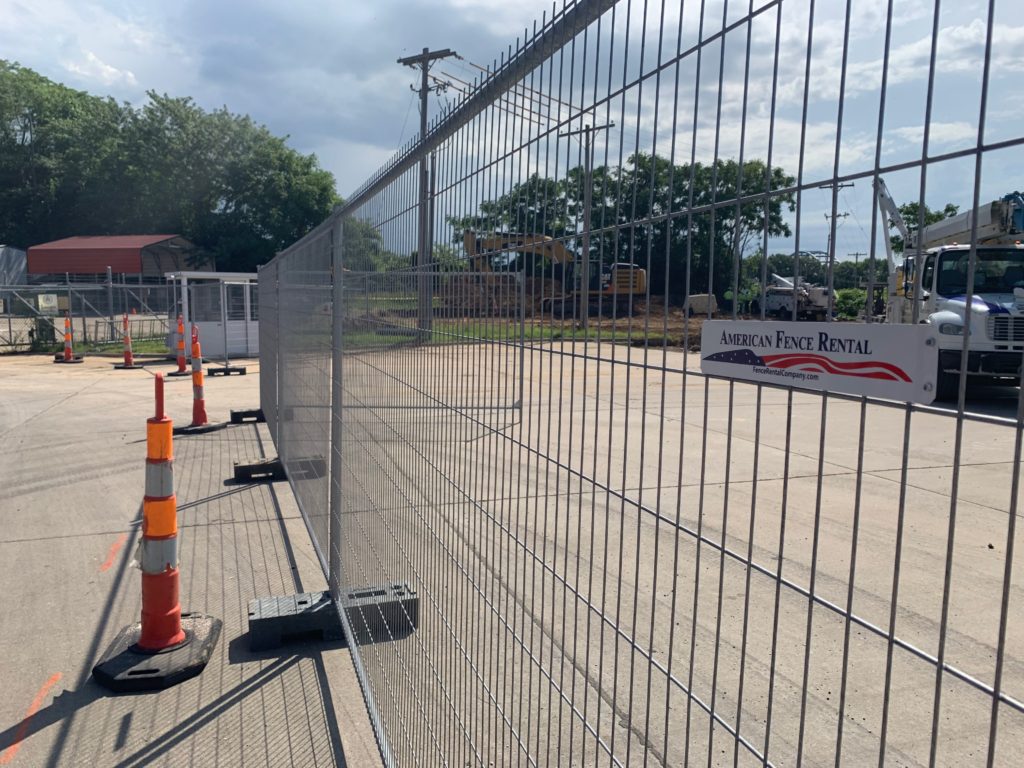
- Security. Security of your job site, materials, equipment, and workers should be your number one concern.
- Public Safety. Your temporary fencing will shape how the general public engages your site. By buttoning-up any entrances, screening areas where construction may happen in close proximity, and using fencing to shape how the public travels back and forth along your site will have a significant impact on public safety.
- Promotion. You are building a testament to your capabilities as a contractor and you want the world to know who is building this monument. What better way to promote your firm than pasting your name around the entire boundary of the site? By most standards, this level of signage would be impractical, not per code and expensive. However, by having your name printed on solid surface screening placed on the temporary fencing, it is practical, inexpensive and encouraged.
STEP TWO: Locating your fencing, screening, and gates.
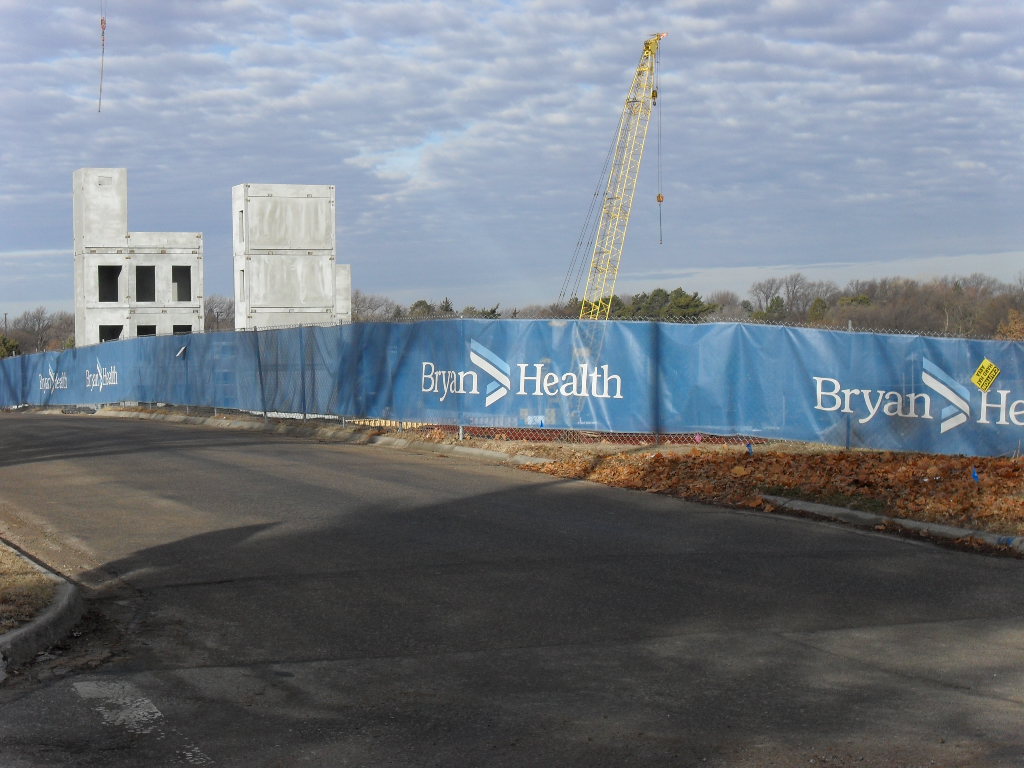
- The location of your temporary fencing will greatly impact public access along the boundaries of your site. If there is foot traffic along your construction site, you may want to be sure to allow public access by pulling your fencing in so pedestrians do not have to walk in the street. If your fencing is located along a busy corner, you may want to diagonal your fencing at corners to allow better visibility for both pedestrians and traffic.
- Establishing a clear zone. Locate your temporary construction fencing so that you can establish a 5’ clear zone between the fencing and any construction activities, material storage, equipment, etc. This removes areas where potential thieves may hide while breaking-in and moving materials out. A wide clear zone also removes any objects for others to climb to get-over the fencing. A continuous clear zone also provides a clear path for you to periodically check your fencing to be sure it remains secure and safe.
- The location of your temporary fencing will greatly impact public access along the boundaries of your site. If there is foot traffic along your construction site, you may want to be sure to allow public access by pulling your fencing in so pedestrians do not have to walk in the street. If your fencing is located along a busy corner, you may want to diagonal your fencing at corners to allow better visibility for both pedestrians and traffic.
- Will subcontractor and employee parking be allowed inside the site? You may want to consider locating parking outside the fencing. Vehicles located outside the site will make you less liable for vehicle damage and theft. By creating a physical boundary between parking and your construction site, you will also reduce the likelihood of theft.
- If promotion is one of your intentions, locate your screening so that it can be easily seen.
STEP THREE: Locating access points.
- The fewer points of access appears to be a good plan to control public access and to reduce theft. However, you will want to consider traffic flow through the site. You do not want large vehicles attempting to back-up in or out of the site. Locate your access points and gates so that deliveries can easily flow through the site.
- Place gates and access points in highly visible locations. By placing access points in obscured locations, you are providing thieves an easy point of entry where they will be undetected.
- Place gates on less busy streets and intersections to avoid accidents as vehicles attempt to exit the site
- Always consider separating your vehicle access points and pedestrian access. It is good to establish a general rule on-site that all pedestrians access the site through the pedestrian gates and not the drive gates. This will reduce the likelihood of a personal injury accidents and also better control job site theft.
- Consider snow removal. If snow cannot easily be pushed through and out the site, you may end-up with a lot of snow piles instead of material storage areas and parking.
STEP FOUR: Temporary fence design.
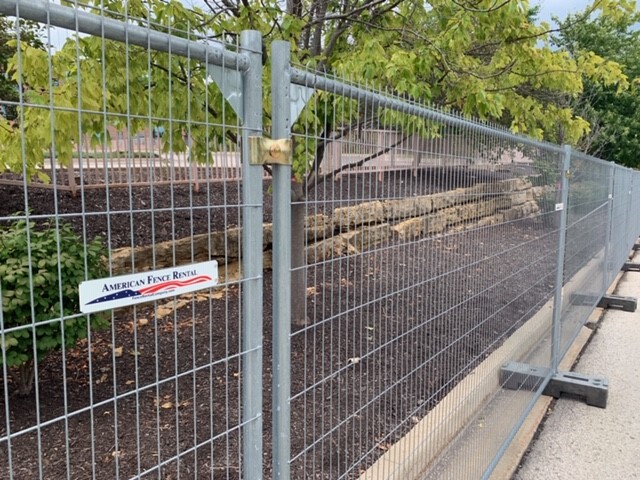
There are many options when it comes to temporary fence design. Your temporary fence for your construction site should be clearly specified by contractors, much like they specify products and materials used. American Fence Rental offers full CAD and PDF specifications for these purposes. What do consider:
- Do you want panels and stands or post and fabric temporary fencing? Panels and stands are less impacting to the site and easily relocated. Post and fabric use driven posts which provide a more secure solution.
- How tall do you want your fence? 6’ tall is typical but 8’ is often used to provide ultimate security. You will want to check your code restrictions before choosing your height.
- Do you want barbwire on top of your temporary fencing? Barbwire is an anti-trespassing measure to better prevent others from climbing over your fence.
- Do you want to provide solid screening provides a more professional look to your site? It removes from public view stored materials, debris and unfinished work. It also reduces theft as items are kept out of sight.
STEP FIVE: Gate selection and size.
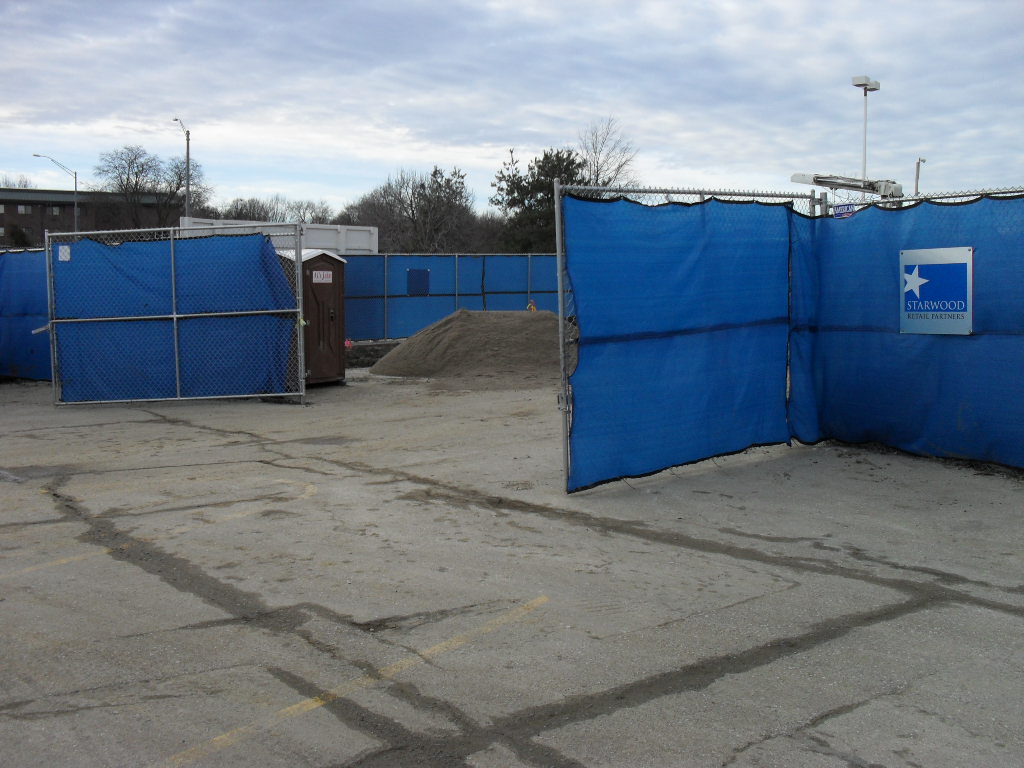
- Will your gate openings require traffic to both come and go? Be sure your openings are wide enough to allow for not only traffic coming and going but also turning into the site with large tractor trailers.
- Will your swing gates swing in or out? If your gates must swing-out, you will want to be sure these do not swing-out into the street, block walk ways and obscure vision. If swinging-in, you will want to be sure these do not block job site traffic or pedestrian walk ways.
- Consider a cantilever slide gate in lieu of swing gates. Cantilever slide gates are stored along the fence line so no concerns with the swing and storage of the gate. Cantilever slide gates are also more reliable and easier to operate as these gates are cantilevered over the opening and travel on industrial rollers. Learn more about cantilever slide gates here.
STEP SIX: Signage selection.
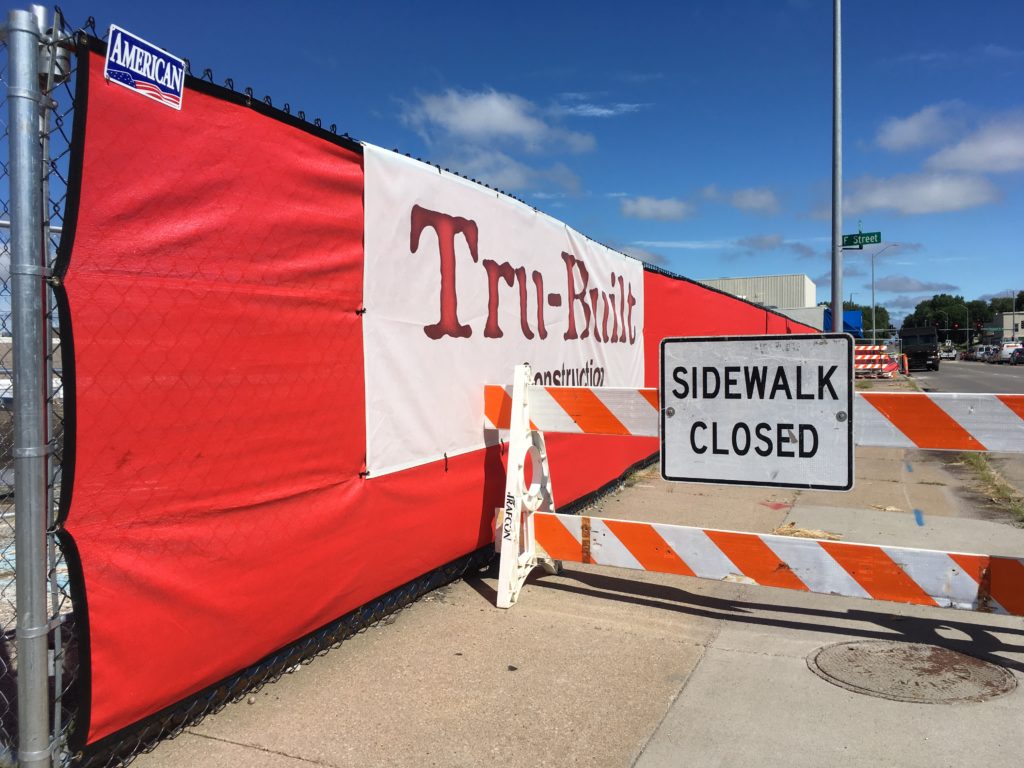
The final step in finalizing your temporary construction fence design is your selection of signage. Providing a physical barrier is not enough. You will want to consider signage that tells others to stay-out and stay-clear. Proper signage will also help reduce liability as you are communicating with others the potential dangers that exist behind the fence.
- The governing rule recognized by authorities is a “No Trespassing” sign every 20′.
- You may also want to consider additional signage that identifies pedestrian access, and job site dangers (e.g. “No Smoking,” “PPE Required,” “Check-In Before Entry,” etc.).
Follow this how-to guide for an easy, step-by-step means of selecting your temporary fencing for your construction site.
Temporary fencing is an important part of any construction project. It is the only barrier between your site and the general public for safety, accidents, and theft. American Fence Rental encourages you to work with our staff in any of our operations in navigating through these six important steps.
